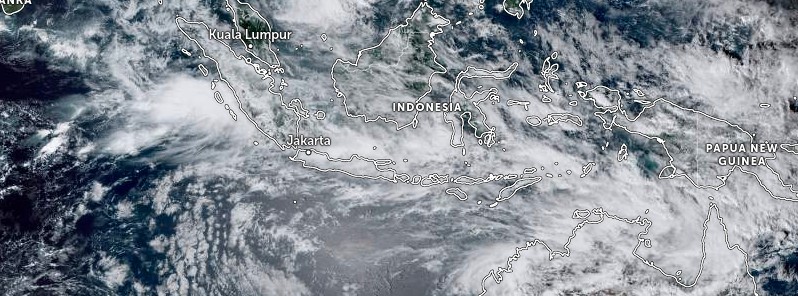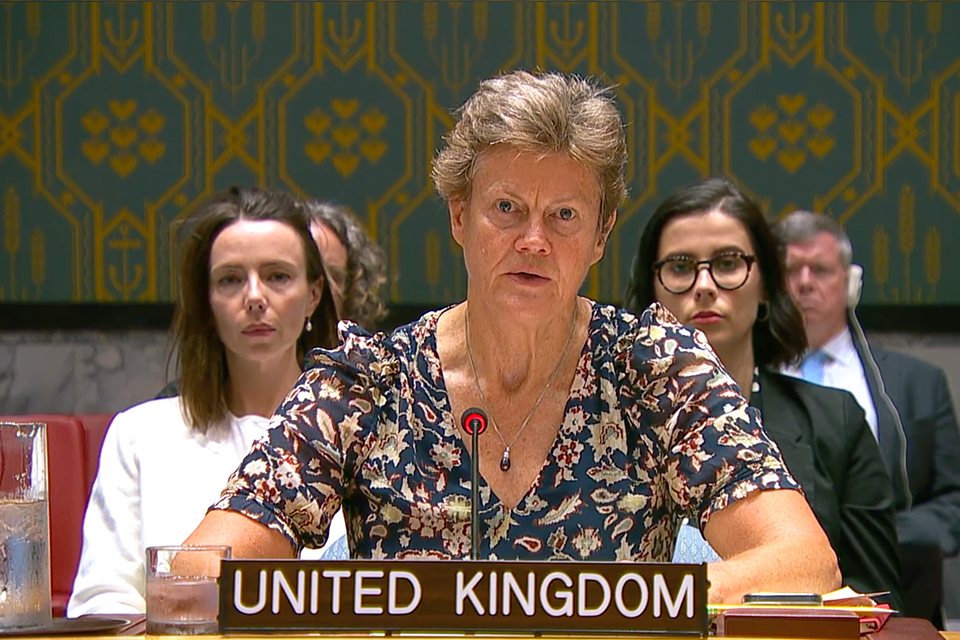Indonesia’s Meteorology, Climatology and Geophysics Agency (BMKG) predicts that parts of Indonesia have the potential to receive rain with varying intensities from light to heavy in several areas on December 31 and January 1, 2023.
“Based on the BMKG numerical weather model, parts of Indonesia in the next few days have the potential to experience extreme weather with an increase in heavy to very heavy rainfall in several areas. For the Banten, DKI Jakarta, West Java, Central Java, East Java, Bali to Nusa Tenggara regions, the potential for heavy to very heavy intensity rain can occur starting December 30, 2022, where this potential can continue until the morning of January 1, 2023,” said BMKG Head Dwikorita Karnawati in an online press conference in Jakarta, held on December 29.1
“Rain tends to occur fairly evenly with increasing intensity in the early morning and late afternoon,” he added.
Dwikorita said, apart from Jabodetabek, the areas that need to watch out for rain with heavy to very heavy intensity are western and southern Banten, central and northern West Java, northern Central Java, northern East Java, Bali, West Nusa Tenggara (NTB) and East Nusa Tenggara (NTT).
“Basic consideration of the still significant potential for extreme weather is due to the identification of several dynamic atmospheric phenomena that can trigger an increase in rainfall,” she said.
Among them, continued Karnawati, is that the active Asian monsoon in the northern hemisphere still contributes to an increase in the intake of wet air masses into the equatorial region, especially around the western part of Indonesia.
In addition, the MJO (Madden Jullian Oscillation) was identified which is still quite active around the southern part of Indonesia, where this condition occurs simultaneously with active atmospheric wave phenomena, namely the Kelvin Wave and Rossby Equatorial in the last week to the next few days which significantly contribute to the increasing growth of rain clouds with the potential for heavy to very heavy rainfall in some areas.
Another dynamic, continued Dwikorita, is the monitoring of a low pressure center in Australia which can form a wind confluence area around Indonesia’s southern equator which can significantly increase the potential for rain cloud growth around the area it passes from Java to Nusa Tenggara.
Meanwhile, he added, the phenomenon of the Asian cold call and the equatorial traffic flow in the last few days is still quite active even though its intensity has begun to decrease compared to a few days ago, even so, these conditions can still contribute to an increase in the growth of rain clouds in western and southern Indonesia.
On the same occasion, BMKG Deputy for Meteorology, Guswanto said that currently, most parts of Indonesia are heading towards the peak of the rainy season which is predicted to last from January to February. The weather forecast issued by the BMKG, he said, refers to the output data of the weather numerical model.
“The peak of the rainy season is generally predicted to occur from January to February 2023, so the potential for high-intensity rains can still occur until February 2023,” he added.
Guswanto appealed to the public to remain alert to the potential for extreme weather that may occur in the next few days which has the potential to cause a hydrometeorological disaster. Starting from floods, inundations, flash floods, landslides and high waves.
Karnawati said she expects that the Weather Modification Technology (TMC) can reduce the intensity of potential extreme weather so that it is not as severe as forecast.2
On the occasion, BNPB’s Emergency Handling Deputy Major General Fajar Setiawan noted that his team plans to organize a weather modification technology operation in several new regions ahead of the 2023 New Year.
These regions include Banten, Central Java, East Java, and Bali.
“We expect that we will carry it out within a day or two. It all depends on BRIN’s (National Research and Innovation Agency’s) readiness with the Air Force aircraft,” he elaborated.
The operation conducted by BRIN in West Java and Jakarta within the last few days has been proven to reduce rainfall with extreme potential.
1 BMKG Predicts Parts of Indonesia Will Get Rain on New Year’s Eve – BMKG – December 31, 2022
2 New phenomenon triggers extreme rain until start of 2023: BMKG – ANTARA – December 31, 2022




